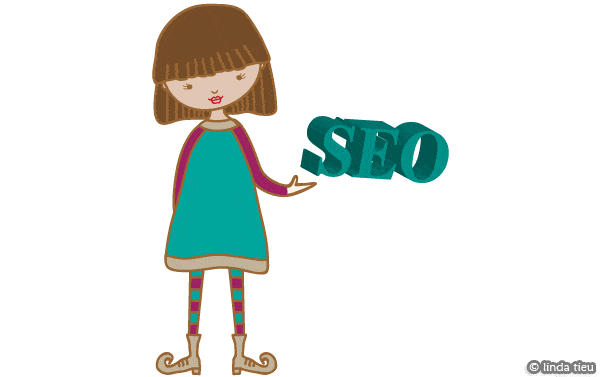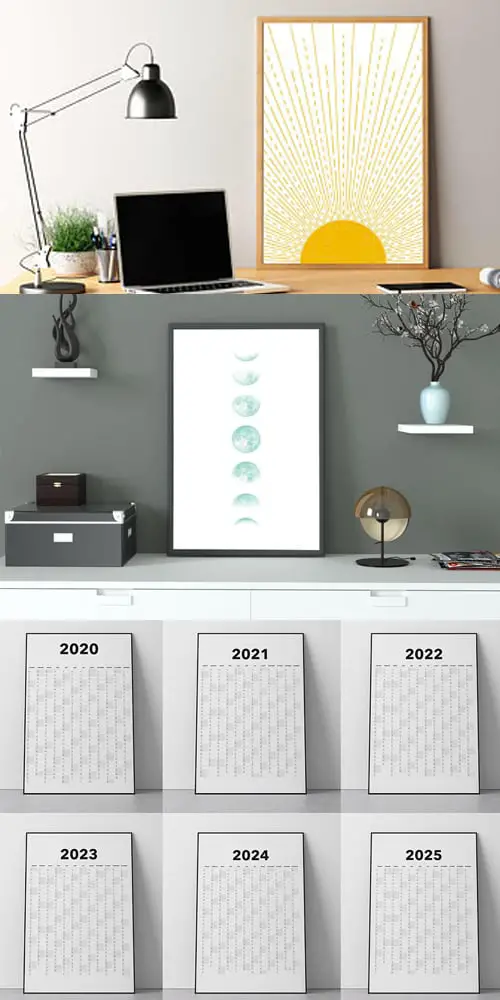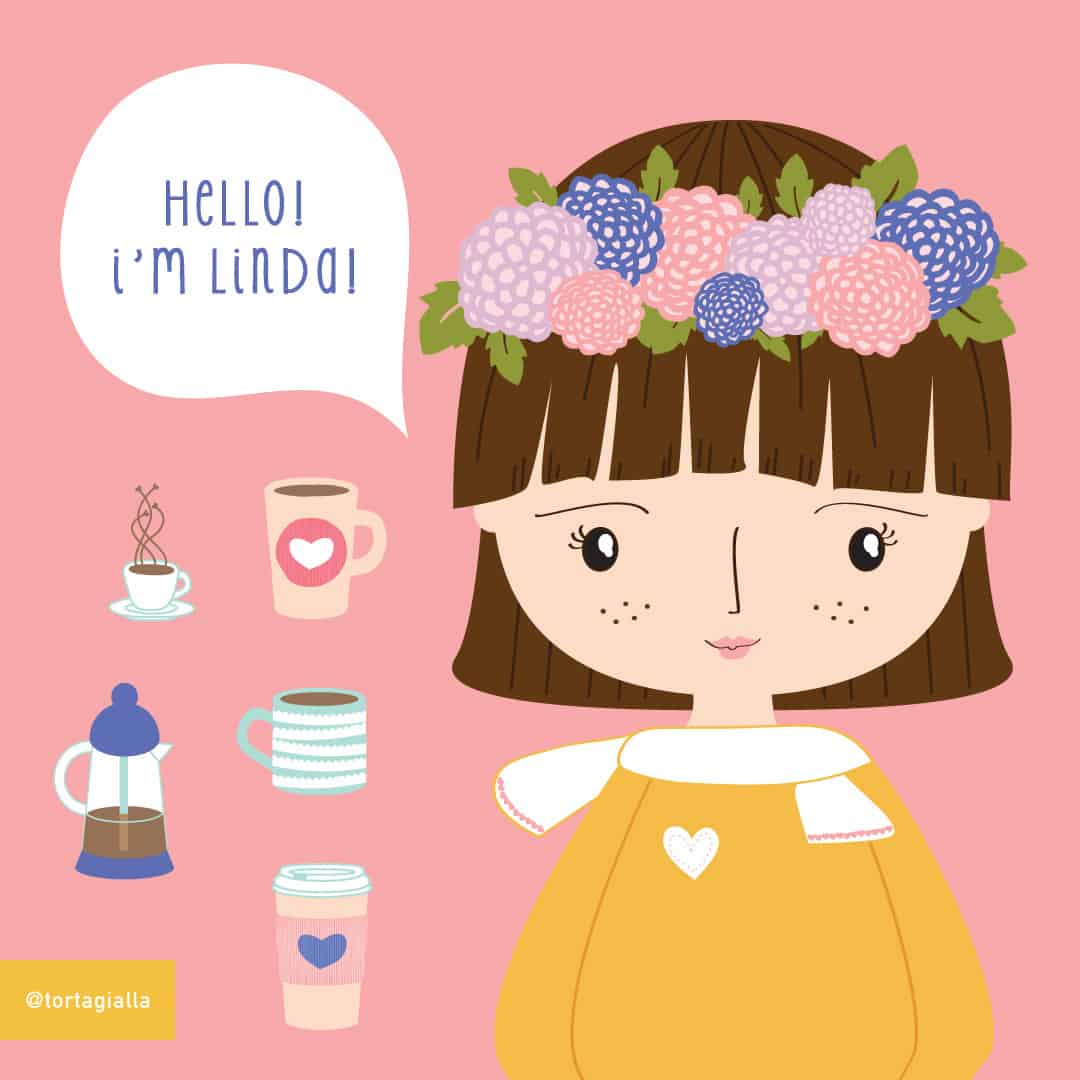Search Engine Optimization or SEO is a term that usually scares most people away. It’s that complicated techy nerd stuff and I agree that most of us don’t have time to fiddle around with. That’s exactly the reason why you should learn the basics and work it into the best practices of how you communicate online…because your time is so precious.

In reality, SEO is not rocket science…in fact, we know that technology changes constantly and there is no exact science to SEO. Optimization simply means you are striving for the most effective result and I think it’s a way of doing things in general – that is why I say SEO is good sense.
We all go to a search engine like Google and search for the information we are looking for. SEO is an attempt to make your content show up when people are searching for it. Of course, there are tricks out there and methods to push your website up the ranks, but the search engines can readily change their algorithms and scoring methods. In fact, it happens a lot and many of the tricks no longer work and sites lose ranking that they spent a lot of time tinkering around to create.
What doesn’t change is the fact that search engines are trying to give the people what they want. If someone wants to find a plumber in San Francisco, it’s pretty clear what they expect the search engine to list for them. So ultimately, as a creative entrepreneur, artist, whatever your business…you want people to find you when it pertains to your business. In the crafting world, a whole lot of people get traffic from posting tutorials because it’s exactly something someone would search for – “how to make” or “how to sew” something.
So what best practices do you need to pay attention to when it comes to SEO for your small business?
- Write for humans. Tips and tricks aren’t going to last…ultimately, you want people to consume your content, so write for real people reading your content.
- Use descriptive titles and sections. I know sometimes we want to be clever or cryptic with our titles and it’s okay for the occasional blog post, especially when it is something cryptic or personal. But if you are writing a tutorial or article about a specific topic, please title it properly. Don’t unnecessarily confuse readers or lead them astray.
- Try to be descriptive with your image file names and add those captions, alt and title tags as well. Again, it’s just goes back to being clear about your content. If someone happens to link directly to your image, will they have any idea what it’s all about? I get lazy with these things as well, but at least try to do it for those posts that are meant to attract users like tutorials and information articles.
- WordPress users, I recommend the All in One SEO Pack to ensure your basic meta tags are in place.
- WordPress users should change the default permalink structure. Basically, when someone goes your blog post, do they see cryptic numbers and symbols in the address bar? That doesn’t help anyone. It’s so much better to have the category, the postname or some combination that makes sense to a human reader. Again, it’s just good sense!
Although I’ve learned many tips and tricks in SEO for building websites, the ultimate goal is really about being clear with your content. If you do a good job with that in mind, keeping everything as clear and descriptive as possible…you are doing a service to your readers in general…not just trying to boost your rankings. The icing is that your content will naturally be optimized. Remember that you are not competing with the big shots who have the money to hire a team of SEO specialists…because yes, there are people who’s sole responsibility in their job is optimize a website, manage paid campaigns and all that jazz.
If you are interested in learning more about SEO, blogseo is filled with informative articles.



